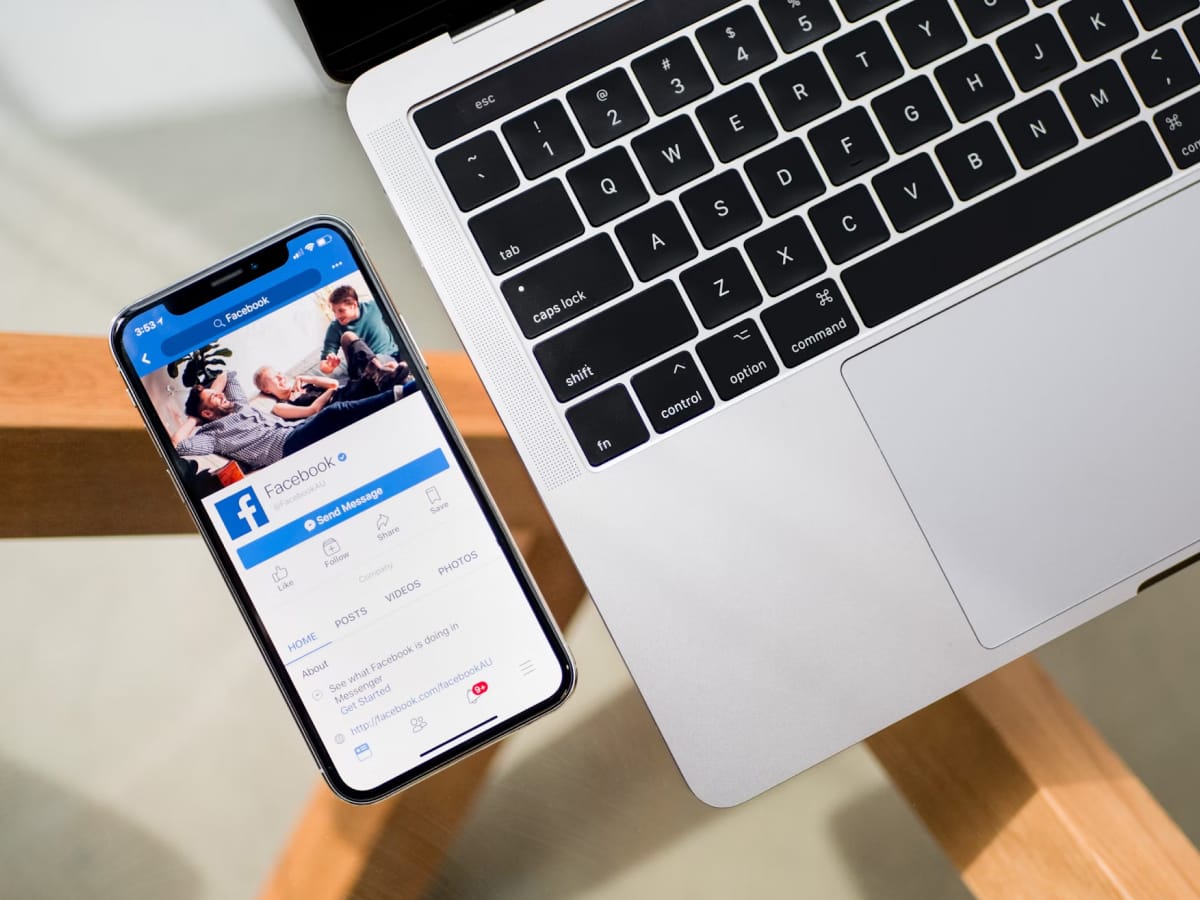Typography has always mirrored culture, and few genres leave as lasting an impact as the high-stakes world of mecha anime. The collision of sleek mechanical forms, looming threats, and emotional gravity has given birth to an entire aesthetic — one that designers increasingly channel through bold, futuristic fonts. Among these, the Evangelion font has emerged as a beacon of this visual identity, bridging sci-fi drama with cutting-edge design.
Table of Contents
The Rise of Mecha-Inspired Typography
Mecha anime thrives on intensity. Its stories pit humanity against overwhelming odds, powered by technology, strategy, and emotion. Typography rooted in this world reflects that very tension: it’s angular, sharp, highly stylized — often with high contrast and unconventional spacing. These fonts don’t just decorate; they command the viewer’s attention.
Unlike minimal or neutral typefaces, mecha-inspired fonts are built for emotional impact. They resemble machine interfaces, military labels, warning systems, and futuristic interfaces — all wrapped in a gritty, cinematic vibe. When used in branding, posters, or digital content, they deliver urgency and cool-headed strength in equal measure.
Design Elements That Define the Genre
- Technical Geometry: Fonts are often constructed from precise, robotic forms — perfect for echoing the hard lines of a mech’s frame.
- Compressed Widths: Narrow fonts mimic the confined, high-tech world of cockpit controls and mission dashboards.
- Glitch and Disruption: Some styles incorporate intentional noise, static, or broken strokes, symbolizing chaos and instability.
- Vertical and Diagonal Elements: These add momentum and power, especially in headline or display use.
Evangelion’s Lasting Visual Legacy
The cultural and design legacy of *Neon Genesis Evangelion* extends far beyond anime. Its visuals — from opening credits to technical readouts — have influenced fashion, album art, web design, and typography. The Evangelion font encapsulates the series’ tone: eerie, futuristic, emotionally layered, and visually assertive.
With its clean yet strange forms, the font used in Evangelion materials feels both technological and theological — a perfect reflection of a show that explores both machinery and metaphysics. Designers often use similar typefaces to convey a sense of mystery, fate, and high-stakes tension.
Applications in Modern Design
Fonts inspired by mecha anime aren’t just for fans. They’re perfect tools for:
- Event Posters: Especially for tech, gaming, or sci-fi themed events.
- Album Covers: Particularly electronic, synthwave, or experimental music genres.
- Futuristic Branding: Ideal for tech startups, AI platforms, and gaming studios.
- Editorial Design: Use sparingly in magazine spreads or online features to create cinematic tension.
Tips for Designers
When using mecha-inspired fonts, always balance bold typography with minimal layouts. These fonts carry a lot of weight, so let them breathe. Pair them with grayscale palettes, high-contrast backgrounds, or neon highlights to amplify their futuristic flair.
Conclusion: Design at the Edge of Humanity
Typography of the apocalypse is more than a visual trend — it’s a design philosophy. It draws from a genre where survival, technology, and existential thought collide. Fonts like the Evangelion font tap into that energy, offering designers a powerful language to express urgency, depth, and rebellion. So when you want your visuals to carry the weight of a collapsing world — and still look stunning — let Evangelion font and other mecha typography lead the charge.





